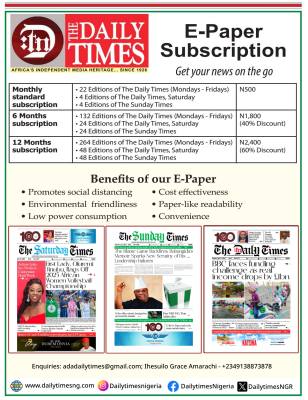Further contraction of economy may lead to undercapitalization of banks – CBN

Philip Clement, Abuja
Deposit Money Banks may fall below their capitalization requirements hould Nigeria’s economy contract again in the third quarter of 2020, the Central Bank of Nigeriahas said.
The CBN stated this in a stress test contained in the apex bank’s half year economic report for 2020, Daily Times reports.
The apex bank conducted the stress test for 27 financial institutions in the country.
Based on the apex bank’s test, a further contraction of the Nigerian economy by 3.5 per cent in the third quarter may cut DMB’s capital adequacy ratio dropping to an average of 11.2 per cent.
Nigerian bank’s cash adequacy ratio currently stands at 15 per cent.
READ ALSO: NNPC to resume oil exploration in Lake Chad Basin, says Sylva
The apex bank said with the economy declining by four per cent in the fourth quarter, capital adequacy ratio may fall to 9.3 per cent.
Earleir, the International Monetary Fund had projected that the Nigerian economy may shrink by 4.5 per cent by the end of 2020.
The CBN said, “The result showed that under the severe scenario of a sustained significant contraction in GDP of 3.5 per cent in the third quarter of 2020, negative 4.0 per cent in the fourth quarter of 2020 and negative 4.5 per cent in the first quarter of 2021, the banking industry CAR will fall to 11.19 per cent, 9.26 per cent and 8.30 per cent, respectively,.
“However, the severity of the simulated GDP contraction may be contained by a combination of fiscal and monetary interventions.”
Nigeria’s largest lender said the stress test was conducted within the background of a sharp fall in oil prices, reduced global demand for Nigeria’s oil products, decline in government revenue, unfavorable current-account position and a fall in GDP.
Nigeria’s economy had already experienced a slow in the GDP by 6.1 per cent in the second quarter of 2020 due to the covid-19 pandemic.
CBN had said in its “Guidance notes on regulatory capital” that banks are required to maintain a minimum regulatory capital adequacy ratio of between ten per cent and 15 per cent on an on-going basis.








